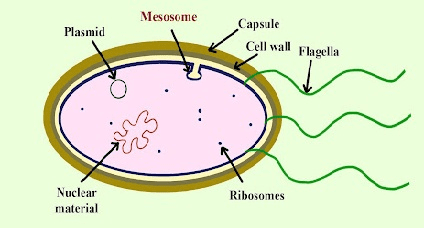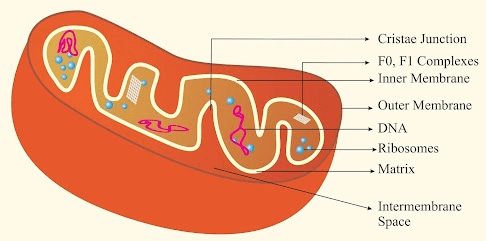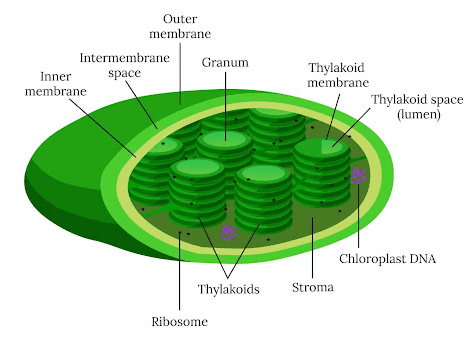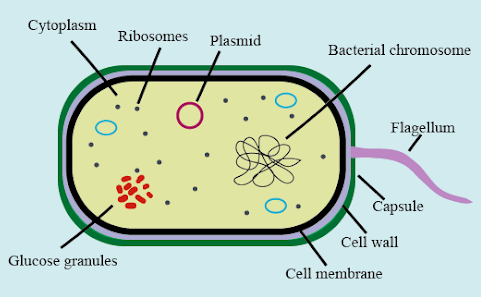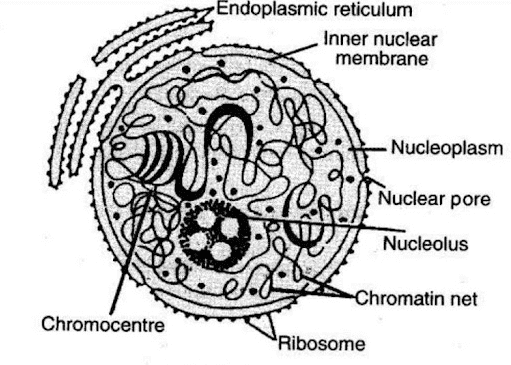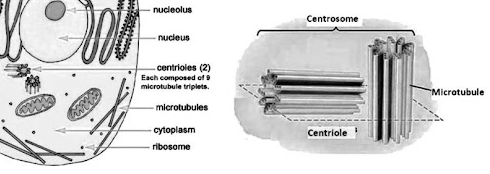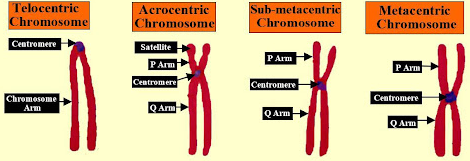Class 11 Biology Chapter 8 Question Answer Practice
FAQs on NCERT Solutions for Class 11 Biology Chapter 8 Cell The Unit Of Life 2025-26
1. What are the main differences between prokaryotic and eukaryotic cells as per NCERT Solutions for Class 11 Biology Chapter 8?
Prokaryotic cells lack a true nucleus and membrane-bound organelles, while eukaryotic cells possess both. Prokaryotes have a single, circular chromosome and simple cell organization (examples: bacteria and archaea), whereas eukaryotes have multiple, linear chromosomes and complex compartmentalization (examples: plants, animals, fungi, and protists).
2. Explain the core points of cell theory mentioned in Class 11 Biology Chapter 8 NCERT Solutions.
The cell theory states that all living organisms are made up of cells, the cell is the basic structural and functional unit of life, and all cells arise from pre-existing cells through division (as given by Rudolf Virchow). It also stresses that cellular activities drive all vital life processes.
3. Why is the cell called the structural and functional unit of life according to NCERT Class 11 Chapter 8?
A cell is called the structural and functional unit of life because it forms the basic building block of all organisms and performs all essential life processes like metabolism, growth, and reproduction, both in unicellular and multicellular forms.
4. How do the NCERT Solutions for Class 11 Biology Chapter 8 help in understanding cell organelles and their functions?
NCERT Solutions provide stepwise explanations for each organelle's structure and function, often with diagrams and key points. For example, mitochondria are shown as the cell's powerhouse (energy production), and chloroplasts as the site of photosynthesis, including details on their double membranes and DNA content.
5. What is the function of the mesosome in prokaryotic cells, as discussed in the NCERT Solutions for Chapter 8?
- Mesosomes are inward foldings of the plasma membrane in prokaryotes (mainly bacteria).
- They help in DNA replication and cell wall formation.
- They participate in respiration (aerobic enzyme anchoring) and increase surface area for metabolic activities.
6. How do the NCERT Solutions approach questions on the classification of chromosomes by centromere position?
Answers use a table or diagram to show types: metacentric (centromere in middle), submetacentric (off-center), acrocentric (near end), and telocentric (at terminal), highlighting the V, L, J, and I shapes respectively as seen in cell division. Functions and importance in inheritance are also summarized.
7. In what way are lysosomes and vacuoles similar and different according to Chapter 8 NCERT Solutions?
- Both are single-membrane, endomembrane-bound organelles.
- Lysosomes contain digestive enzymes and perform intracellular digestion (recycling, defense).
- Vacuoles primarily store water, sap, or waste and regulate turgor and osmoregulation (especially in plants).
8. What is the importance of nuclear pores as per the NCERT Solutions for Class 11 Biology Chapter 8?
Nuclear pores in the nuclear envelope permit selective transfer of substances, especially RNA and proteins, between the nucleus and cytoplasm. They enable communication and regulate gene expression by controlling molecular traffic.
9. Can polar and non-polar molecules move across the plasma membrane in the same way, as per NCERT Class 11 Biology Chapter 8 Solutions?
No. Non-polar (neutral) solutes can pass through freely by diffusion/osmosis, while polar molecules require carrier proteins (facilitated diffusion or active transport), since the membrane is hydrophobic. Active transport requires ATP if against the concentration gradient.
10. Why does Chapter 8 "Cell The Unit of Life" hold high significance for CBSE board exams as noted in Vedantu's NCERT Solutions?
Because it forms the foundation for advanced biology topics and frequently features in board exams due to its coverage of cell structure, classification, cell division, and function, which are core CBSE syllabus concepts for Class 11 and 12.
11. What conceptual errors should students watch for when studying NCERT Solutions for Class 11 Biology Chapter 8?
Students should avoid confusing organelle functions (e.g., mixing up mitochondrial and lysosomal roles), overgeneralizing cell wall structures (plant vs. prokaryotes), and misunderstanding cell theory's scope (it applies to all living beings, not just animals or plants).
12. How does the NCERT Solutions for Chapter 8 guide students in drawing and labeling cell diagrams for exams?
The Solutions encourage using clearly labeled, neat diagrams to represent structures like the nucleus, mitochondria, chloroplast and chromosome types, ensuring CBSE's emphasis on diagram accuracy is met for exam scoring.
13. What strategies does NCERT Solutions for Class 11 Biology Chapter 8 suggest for remembering differences between animal and plant cells?
- Use comparison tables contrasting features like cell wall/presence, chloroplasts, size of vacuoles, and types of centrioles.
- Focus on functional distinctions such as photosynthesis (chloroplast), lysosome frequency, and storage functions.
14. How does the NCERT Solutions approach division of labor in multicellular organisms as discussed in Chapter 8?
By explaining that cells differentiate and specialize to form tissues, which group into organs and systems, allowing efficient, coordinated functioning. The step-wise approach shows structural integration from cell to system level.
15. What are the essential topics students must focus on from Chapter 8 Cell The Unit of Life for CBSE exams as per Vedantu’s NCERT Solutions?
- Cell theory and its modern interpretation
- Structure and function of major organelles (nucleus, mitochondria, chloroplast, ribosome)
- Differences between prokaryotes and eukaryotes
- Membrane transport mechanisms
- Chromosome structure, types and classification
- Concept of division of labor in multicellular organization


























